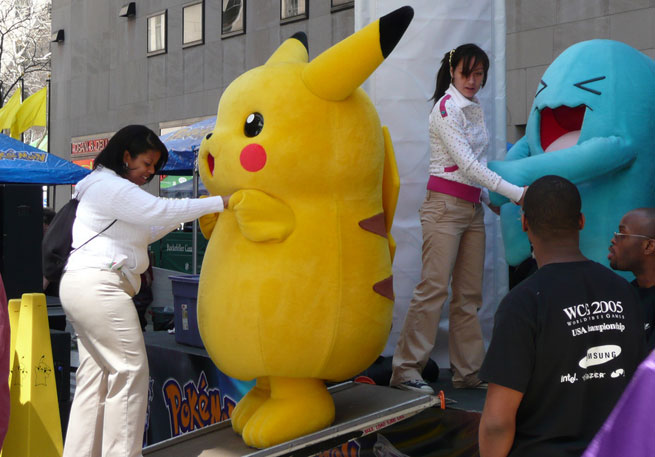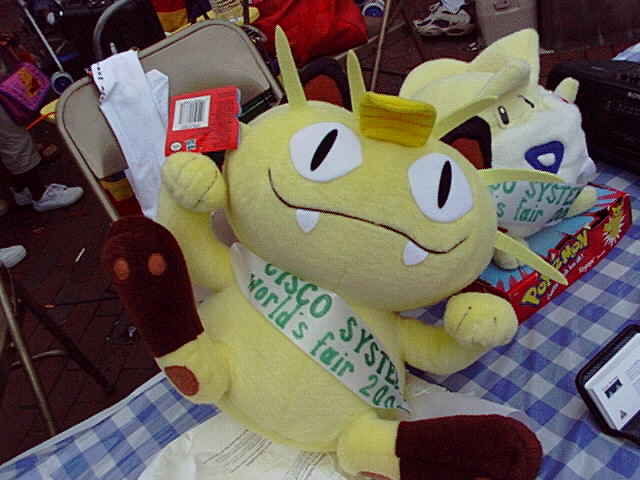 The use of mobile phone technology has made the capture of Pokemon a lot easier
The use of mobile phone technology has made the capture of Pokemon a lot easier
‘Gotta catch ’em all’ is the rallying cry worldwide. Gotta catch those Pokémon, gotta catch those millions of game players, gotta work out how Niantic has engaged all those young people. That last one is the challenge for teachers. How do we tap into the power of this phenomenon and use it to support learning?
This is a challenge that teachers have been facing since the emergence of virtual reality and augmented reality. Can we take these technologies, with their power to excite and inspire, and use them to teach real-world lessons? Lots of people have tried, most famously with the virtual world of Second Life, but most attempts have relied on novelty value and not on the other possibilities that these technologies can offer.
Augmented reality can use electronic devices to extend users’ perception of their current environment to include and bring to life different times, spaces, characters and possibilities. This is where its long-term strength lies.
Augmented reality offers teachers and learners four possibilities: changing interaction with learning environments; providing new approaches to skill development; introducing new content; and reshaping how learning takes place.
Changing interactions with learning environments focuses attention on where learning takes place. This extends beyond the ability to attract people to libraries and museums with a strategic use of Pokémon Go and other initiatives. Augmented reality can give access to learning environments that would otherwise be difficult, dangerous or impossible for learners to access. It can be used to overlay images from the past on a familiar environment, or to provide information about key objects.
Pokémon Go, like other augmented-reality games, encourages players to develop skills that will be useful in their daily lives. Exploring the local environment, systematic investigation, classification, background research, collaboration and teamwork all form part of this augmented experience. Each of these skills can be developed in an augmented context and then used elsewhere.
Other skills are specifically focused on augmented reality and its narratives. Many new careers are currently opening up in areas such as game design, media, online marketing and augmentation. This makes Pokémon Go itself a subject for study and for reflection. Already, young entrepreneurs with up to 20 years’ experience of Pokémon hunting are beginning to offer their services as consultants to new game players.
Far more people, though, are sharing their expertise freely. As the Pokémon song says, ‘You teach me, and I’ll teach you’. It is this process of learning in ‘affinity groups’ that has the potential to change how teaching and learning take place in many settings. Affinity groups do not rely on a teacher/pupil relationship and are not divided into age groups. Instead, they bring together people who share a passion and want to learn more. They connect newcomers with long-time experts. Knowledge is dispersed throughout the group and everyone, no matter what their level of experience, still has something to learn
This is a common way of learning in large-scale games and virtual worlds. No individual can explore the entire environment or become an expert in every area. Many players therefore take every opportunity to learn from others and to pass on their knowledge. As they do so, they create new knowledge and new resources that enrich their surroundings.
This is an approach to learning that engages people even when the novelty of a new game or technology has worn off.
At a time when interest in learning with augmented reality and gaming is at a peak, the value of learning in affinity groups could be the real lesson we learn from.

Rate and Review
Rate this article
Review this article
Log into OpenLearn to leave reviews and join in the conversation.
Article reviews